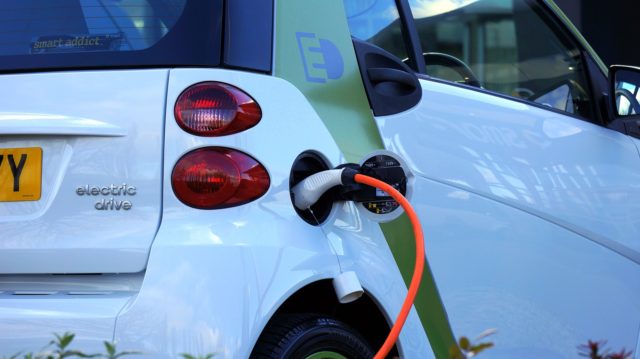By Craig Van Batenburg, DMM, Automotive Career Development Center (ACDC)
- Test 12 volt first. Keep at 11.5v all the time (except 12v crank).
- Look for extra keys in car. Disable 12 volt if not found.
- Use a factory scan tool and diagnostic software (ACDC recommends Identifix) early on in the process.
- High voltage leak codes can be created by contaminated fluids.
- Dirty MAF sensor or Carboned Throttle Plates can create a no-start.
- ICE cranks at 1,000 rpm can fool you into thinking it is running.
- Oil weight matters. Resolver sensors watch starter motor rpm.
- Service brakes yearly in bad climates: snow, ice, pollution, salt, etc.
- Keep your 12 volt brain and your HV brain separated by facts.
- Capacitors are located where the HV battery DC cables go first.
- Never assume the HV system is off even if you shut it down.
- Use only CAT III equipment rated to 1000 volts.
- Always wear tested Class O gloves at 1000 volts with leather.
- Scopes require a differential probe at each channel when at HV.
- Interlock circuits will keep an HEV/EV from going into READY.
- Drive with scan tool to get a “read” on HV battery SOH.
- Use factory fluids: Supercool A/C oil is ACDC tested.
- Test DC-DC converters the same way you would test an alternator.
- Promote your shop to body shops and HEV/EV owners.
- Install a J1772 Level II charger at your shop. List on PlugShare.com.
- Buy and drive an HEV/BEV/PHEV/EV RE.
In addition . . .
- Using Stabilant 22a on electrical contacts is great insurance to prevent comebacks. Sold at ACDC.
- ACDC can also help with marketing your service with its QSP plan.
- And ACDC offers training to be an ACDC Hybrid Technician and Qualified ACDC Shop.
For further info: www.fixhybrid.com, home of “Up Your Voltage!”


0 Comments